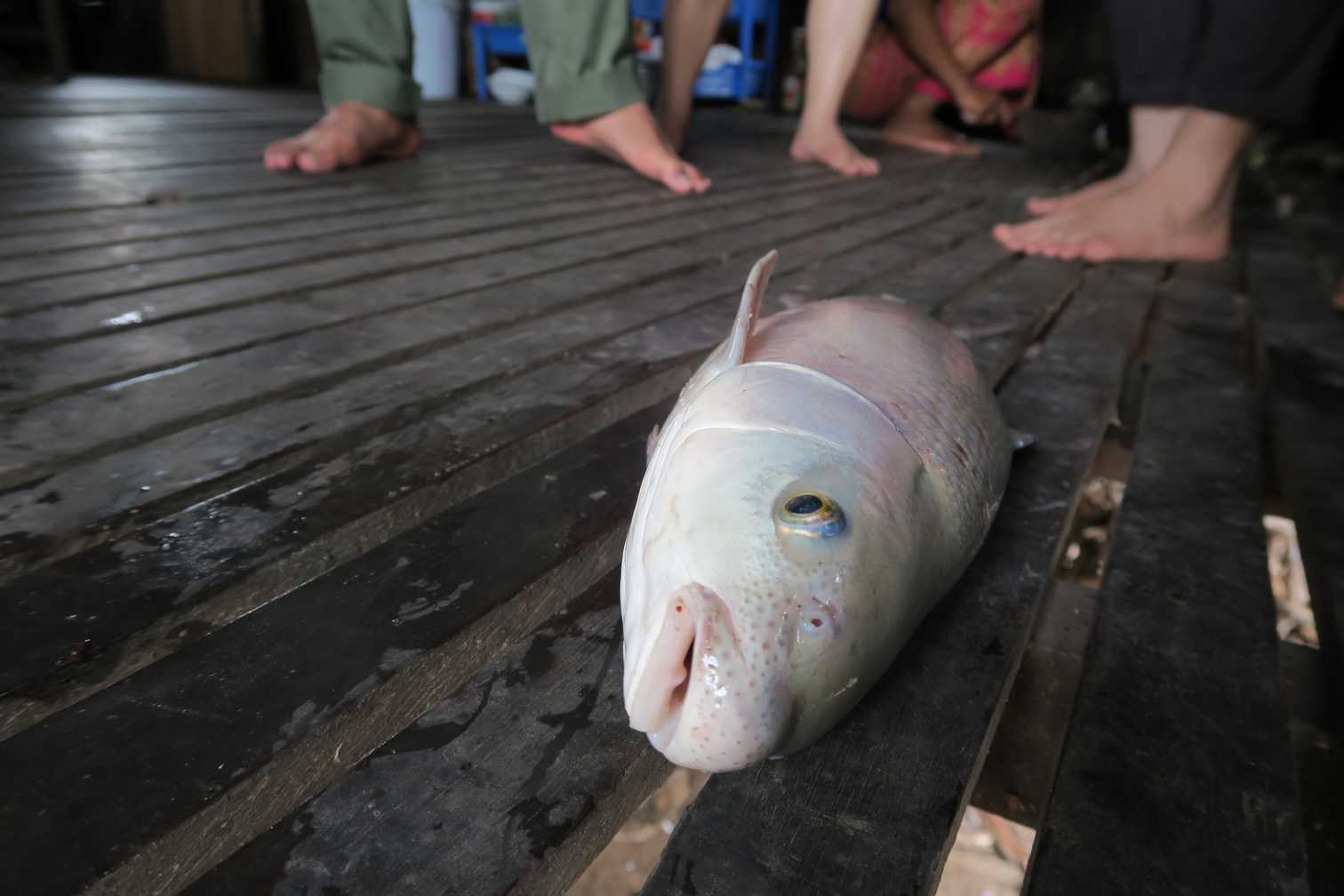The Salween River meanders through pristine mountain forests before reaching a camp for internally displaced people at Ei Htu Hta, near the Thai-Myanmar border. Temporary bamboo shelters dot the hills around the camp, with small solar panels attached to the thatched roofs providing power for a few hours a day. There is no government electricity supply to the camp and many of the people displaced by the fighting between the Burma Army (BA) and ethnic armed forces believe there never will be, despite seven dam projects proposed for the Salween. They also believe that the recent outbreaks of fighting between the BA and Karen forces are part of a master plan to ensure the dam projects, many of which will supply cheap energy to Thailand, go ahead.
Tag: hydropower
Asean journalists hone skills in hydropower reporting
Journalists from the Asean countries of Myanmar, Laos, Thailand, Vietnam and Cambodia gathered in Phnom Penh this week to learn about energy and hydropower development trends in the region.
Controversial Cambodia dam goes ahead despite concerns
IMPLEMENTATION of the Lower Sesan 2 (LS2) hydropower project in northeast Cambodia is underway despite civil society organisations and local residents expressing concerns over possible serious impacts on the environment and natural resources.
Locals differ on impacts from Cambodia dam project
Cambodia’s Lower Sesan 2 (LS2) hydropower project brings about concerns to the locals, either those refusing to move or those accepting the resettlement deals. According to the project’s environmental impact assessment report, 4,785 people from seven villages must relocate from four communes in the reservoir area. It is estimated that 78,000 people upstream would lose access to migratory fish, and 22,000 people immediately downstream would be negatively affected by changes in river hydrology, water quality and fish numbers.
Lower Sesan 2: Construction resumed, troubles restarted
Thousands of workers, mostly Chinese, are hustling working on the Lower Sesan 2 (LS2) dam site in Northeast Cambodia, and nearly 40% of their work is complete. The US$816 million project was approved by Cambodia’s Council of Ministers in 2012. However, in November 2014, the dam construction was stopped due to environmental controversy and opposition from communities and some NGOs, but has been re-started since March 2015. And, as construction has resumed, the communities concerns have been reprised and the trouble has restarted.
Southeast Asian Journalists Explore Dams and their Impacts
Hydropower development is racing across Southeast Asia’s Mekong region, and Internews’ Earth Journalism Network (EJN) is helping journalists investigate the costs and benefits for the environment and communities. As part of the USAID-sponsored Mekong Partnership for the Environment (MPE) program, EJN supported 15 journalists to meet researchers, affected communities, Cambodian government officials and local NGOs in a workshop last week, “Understanding Energy: The Benefits and Costs of Hydropower”, focusing on hydropower dams in Cambodia.
Myanmar incurs wrath of civic groups as hydropower solutions remain its main priority
Khine Kyaw MYANMAR’S Electric Power Ministry will go ahead with hydropower projects, the Minister for Electric Power, Industry, Science and Technology said last week amid reports of local resistance. Nyan Tun U told the Confexhub’s Myanmar Green Energy Summit that the government would fulfil its target to achieve universal electricity access by 2030. At present, […]
Cambodia dam’s benefits exclude people in its vicinity
The construction of the Kamchay Dam in Cambodia, though beneficial to urban areas, has not been so good for those who live close to the dam site in Kampot province, according to a study.









